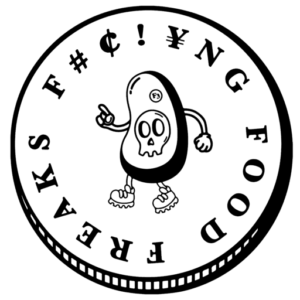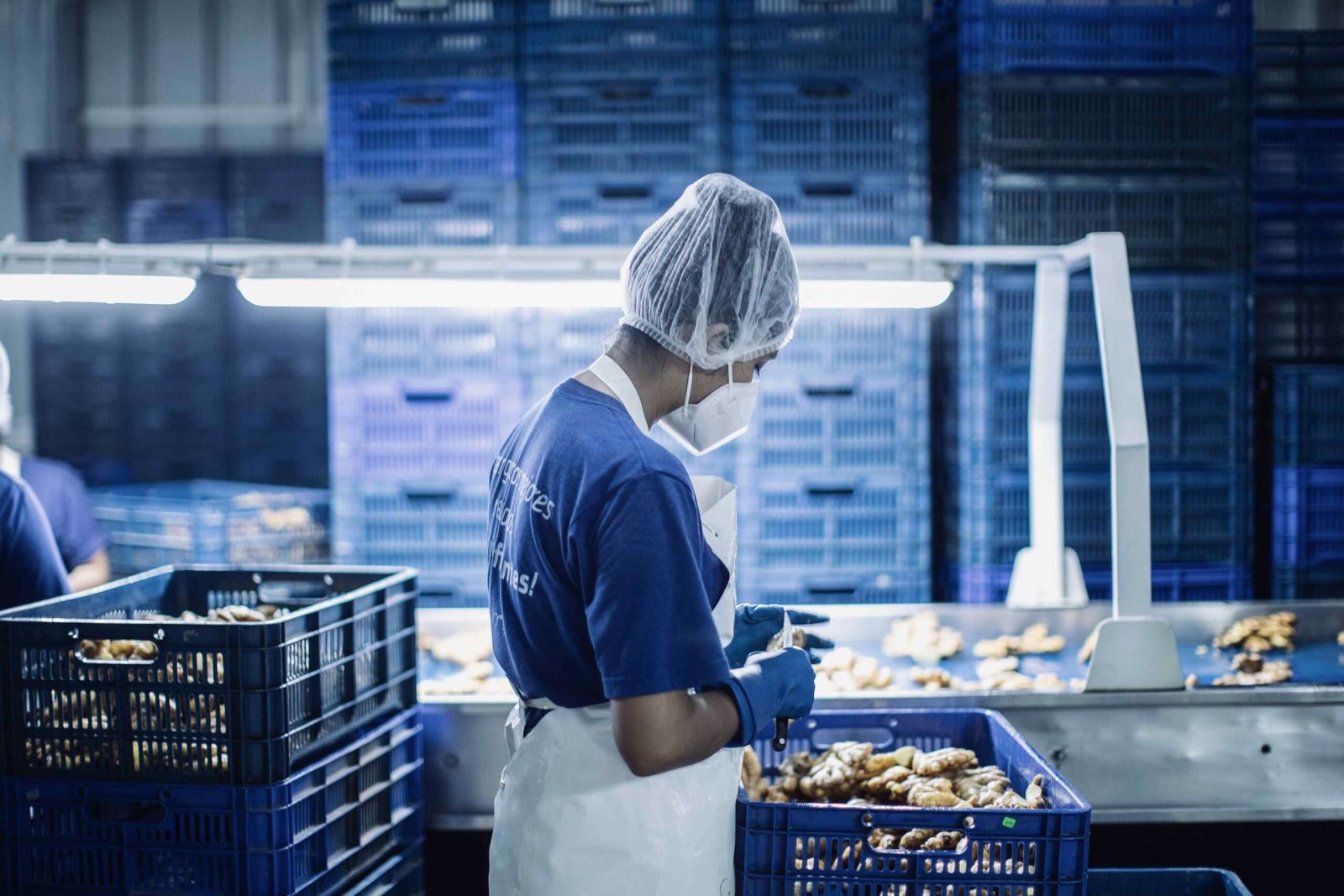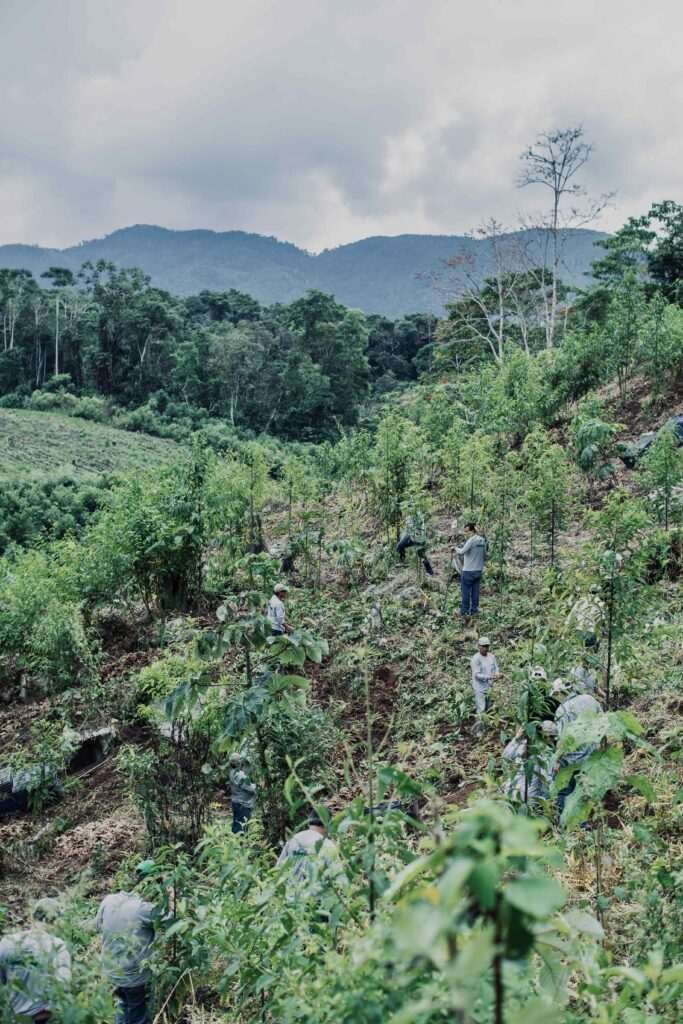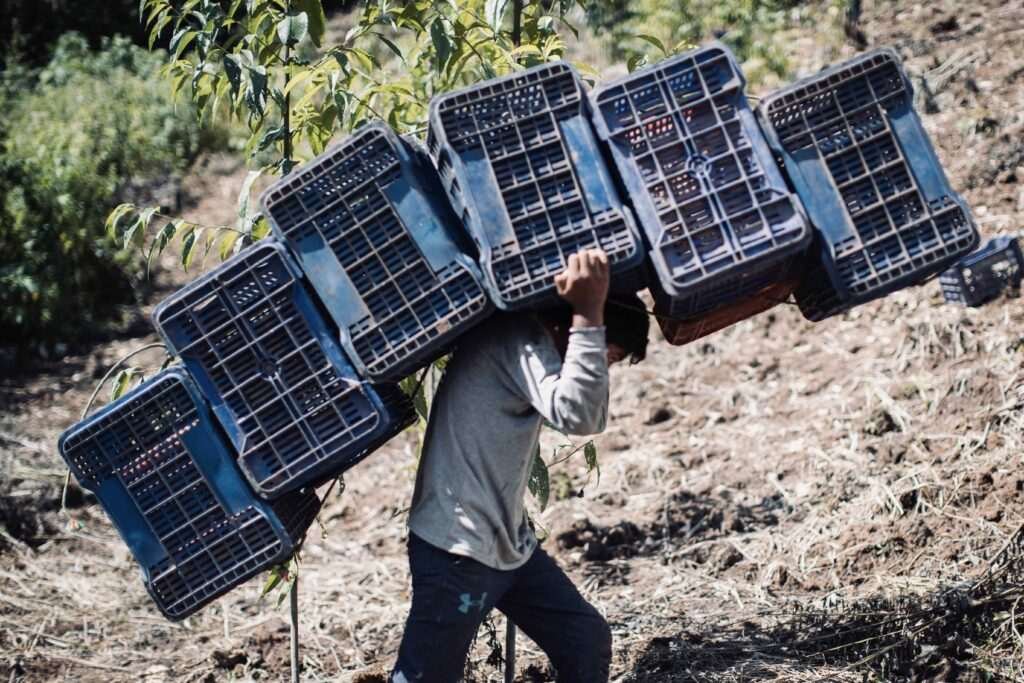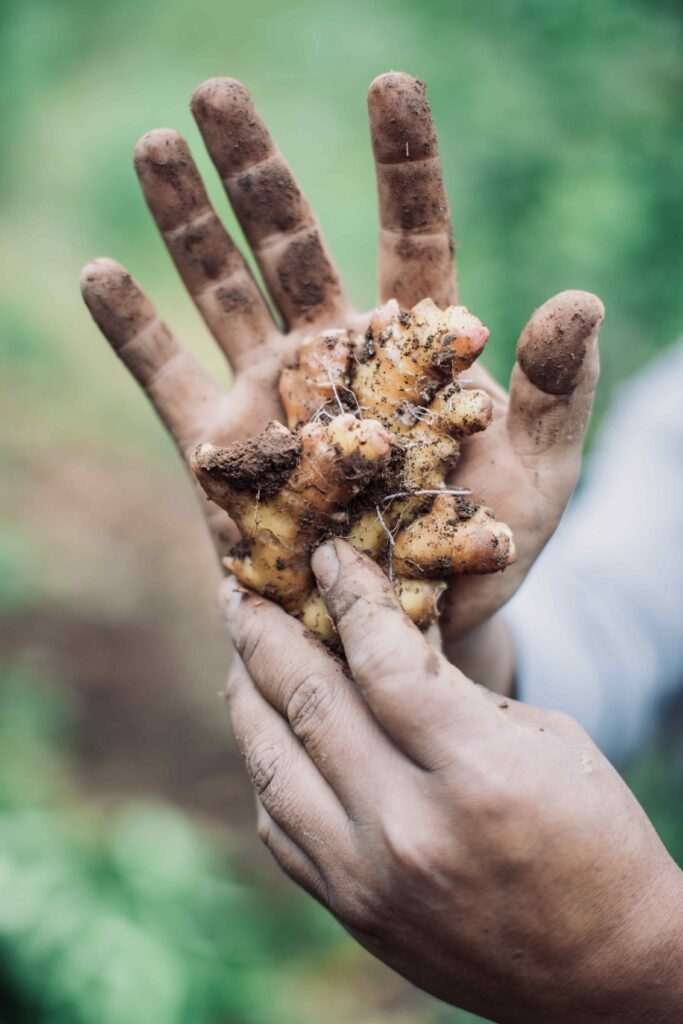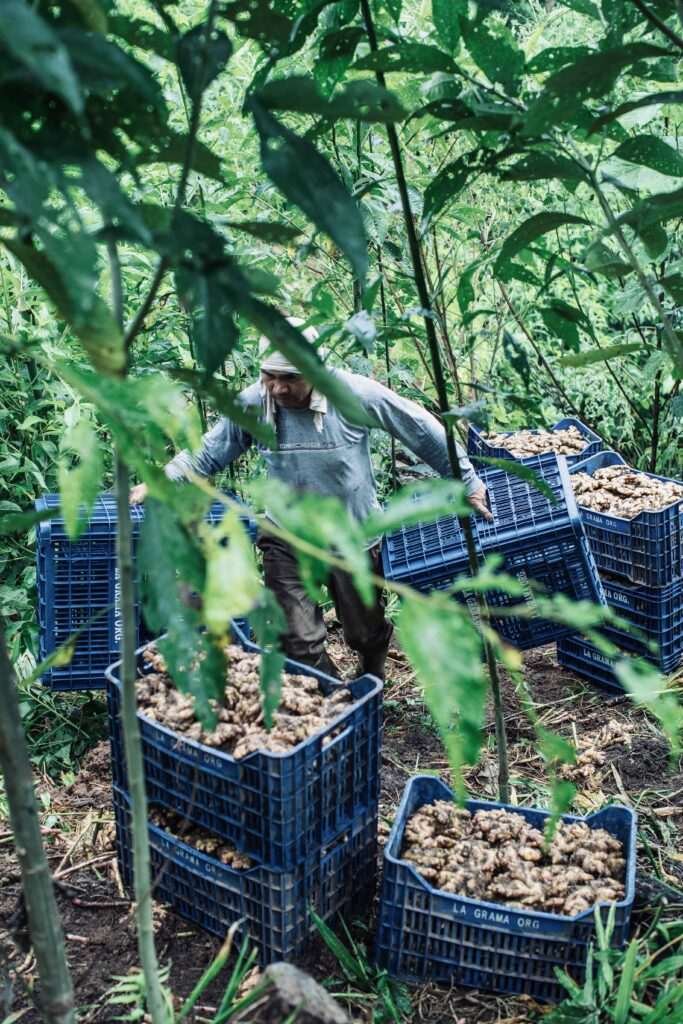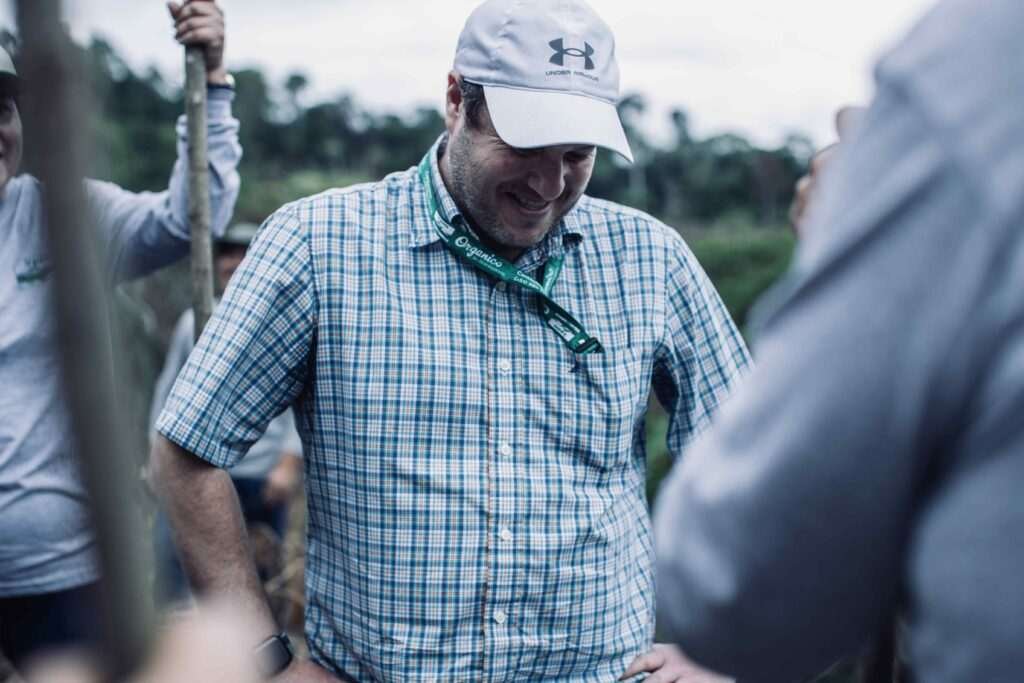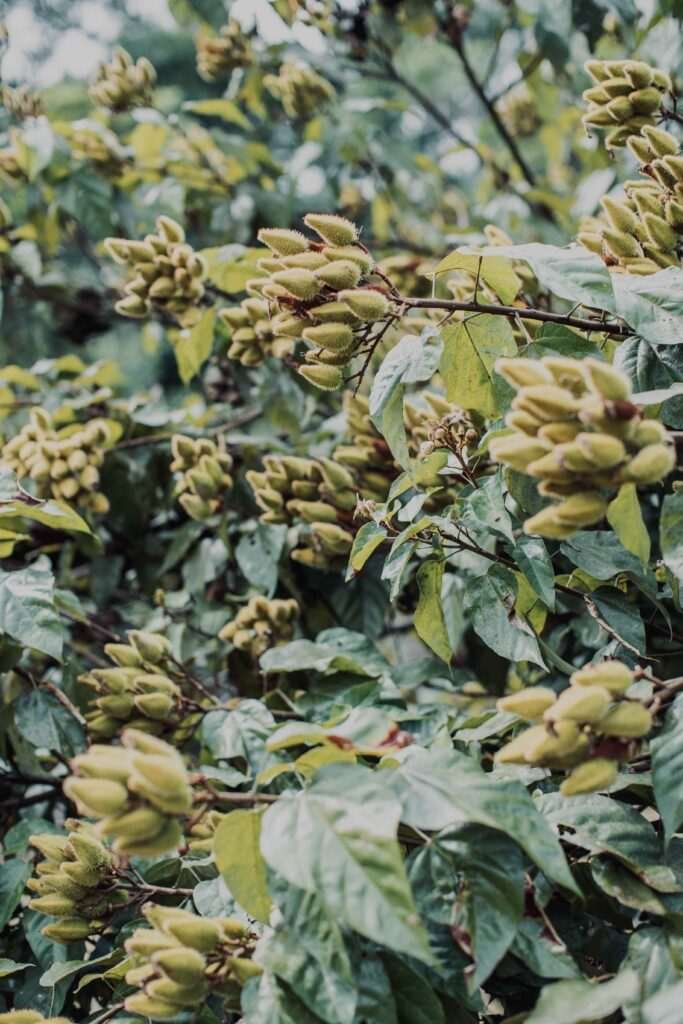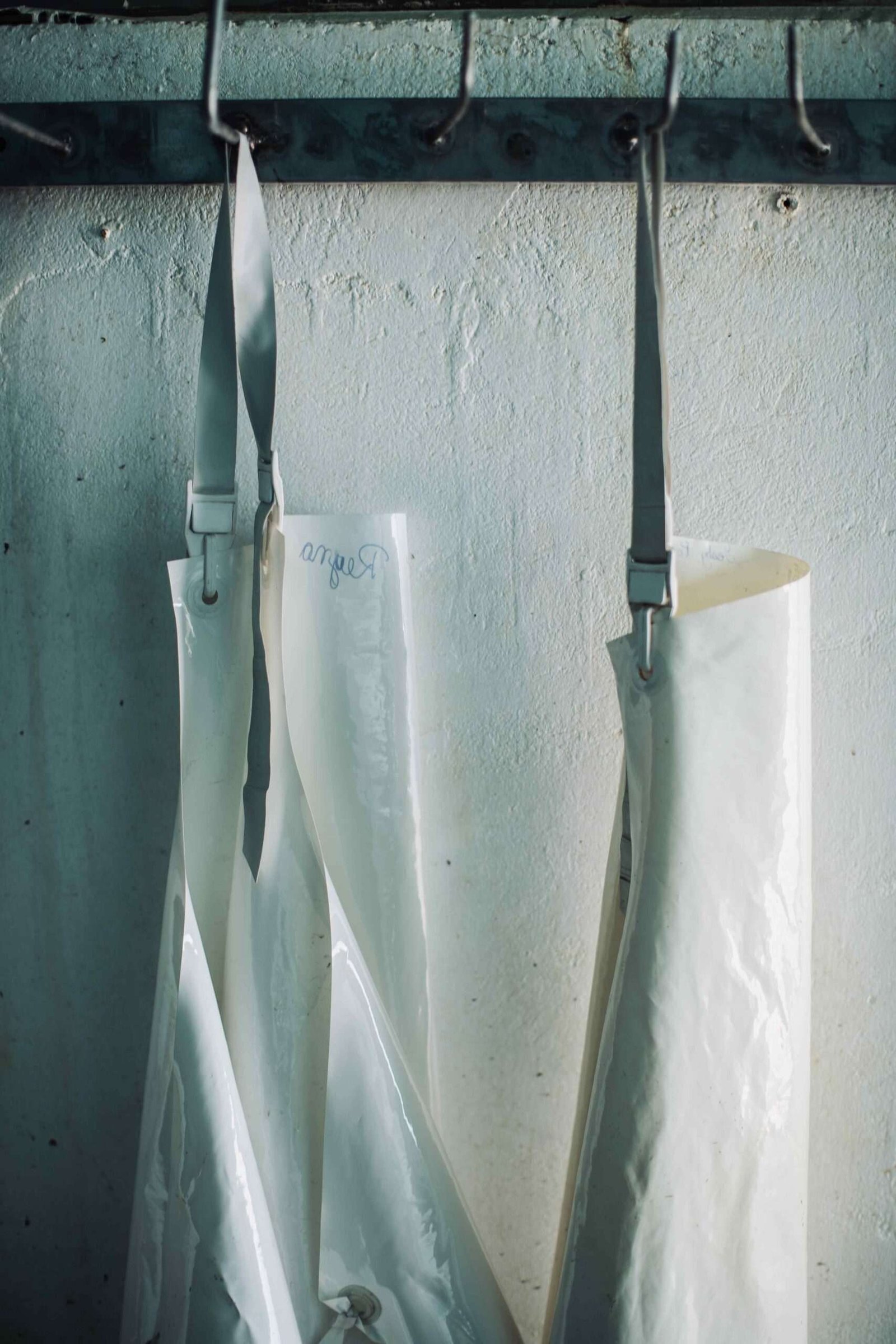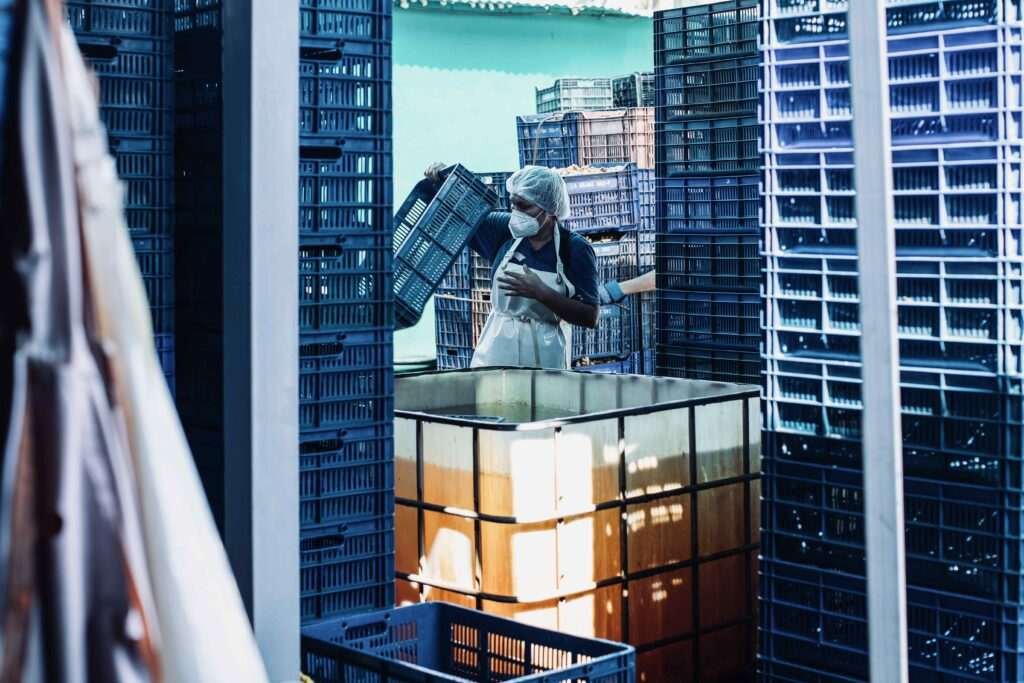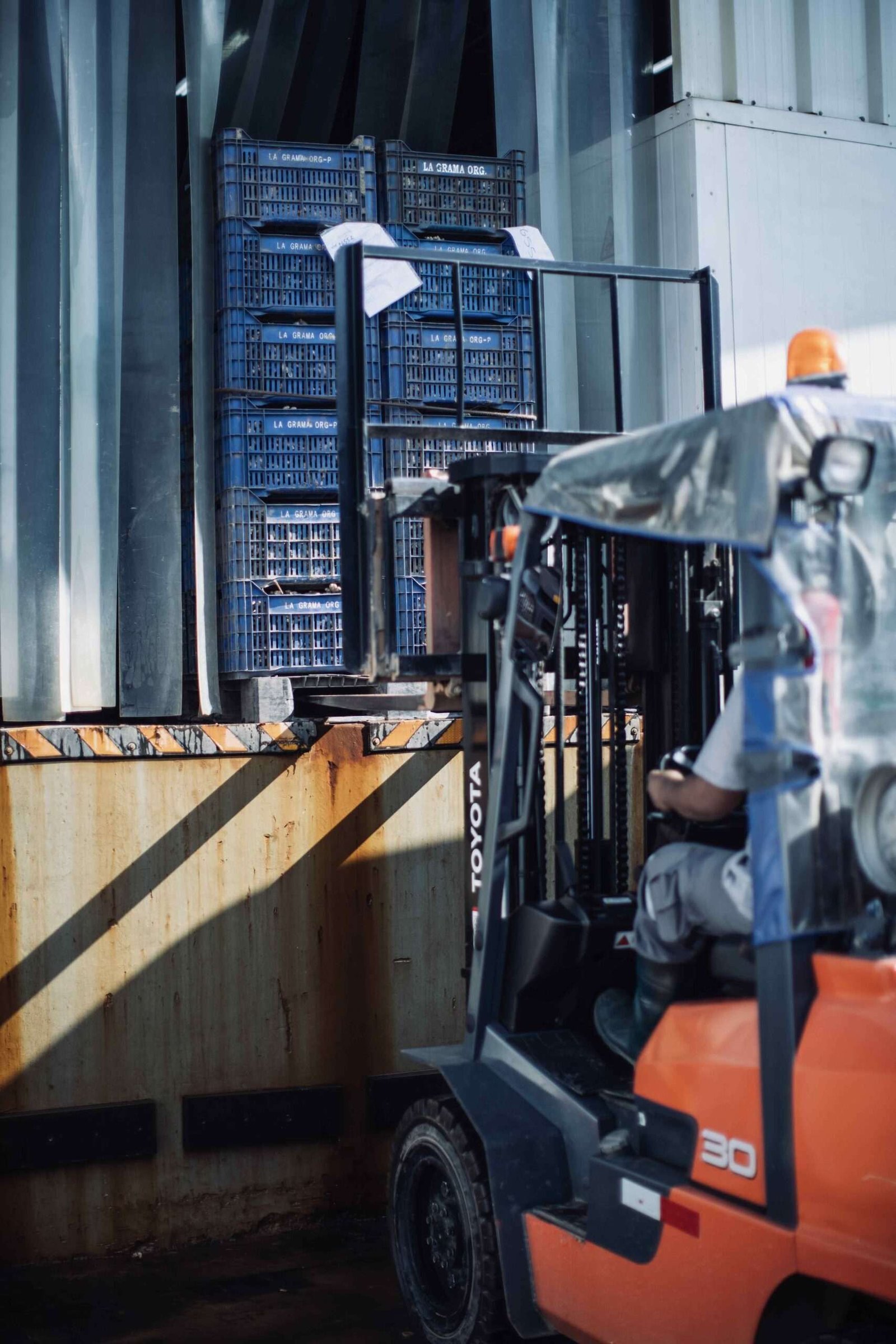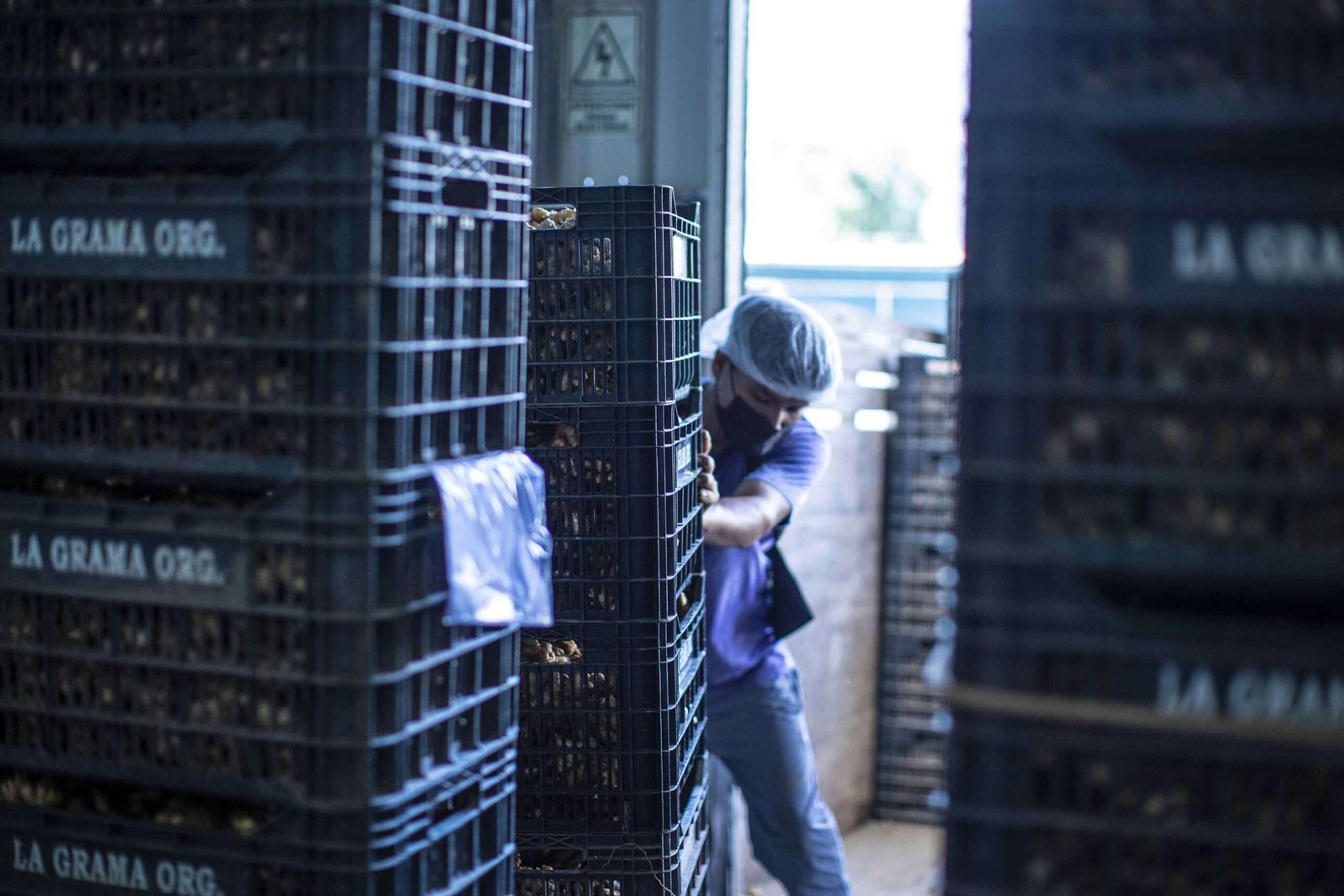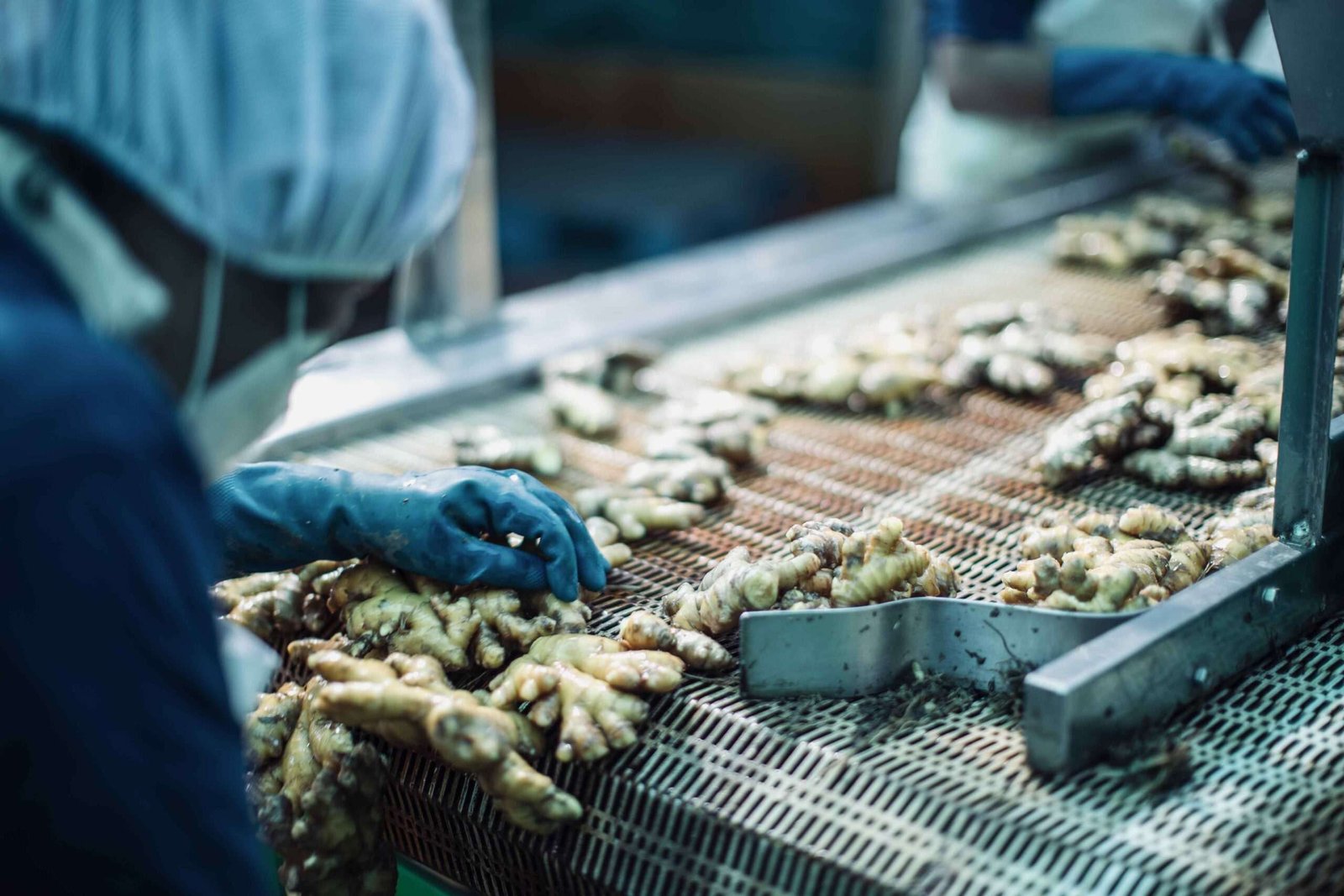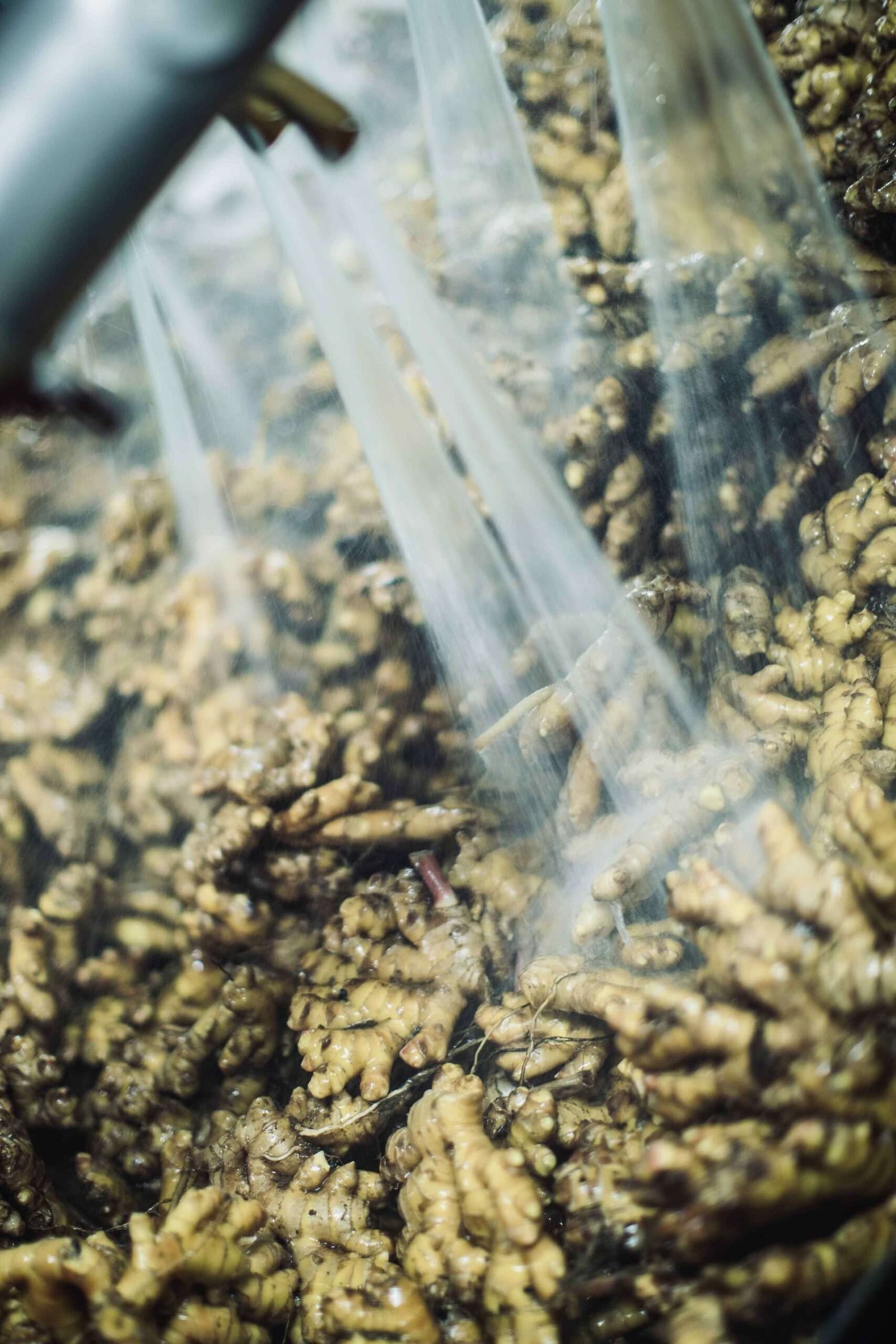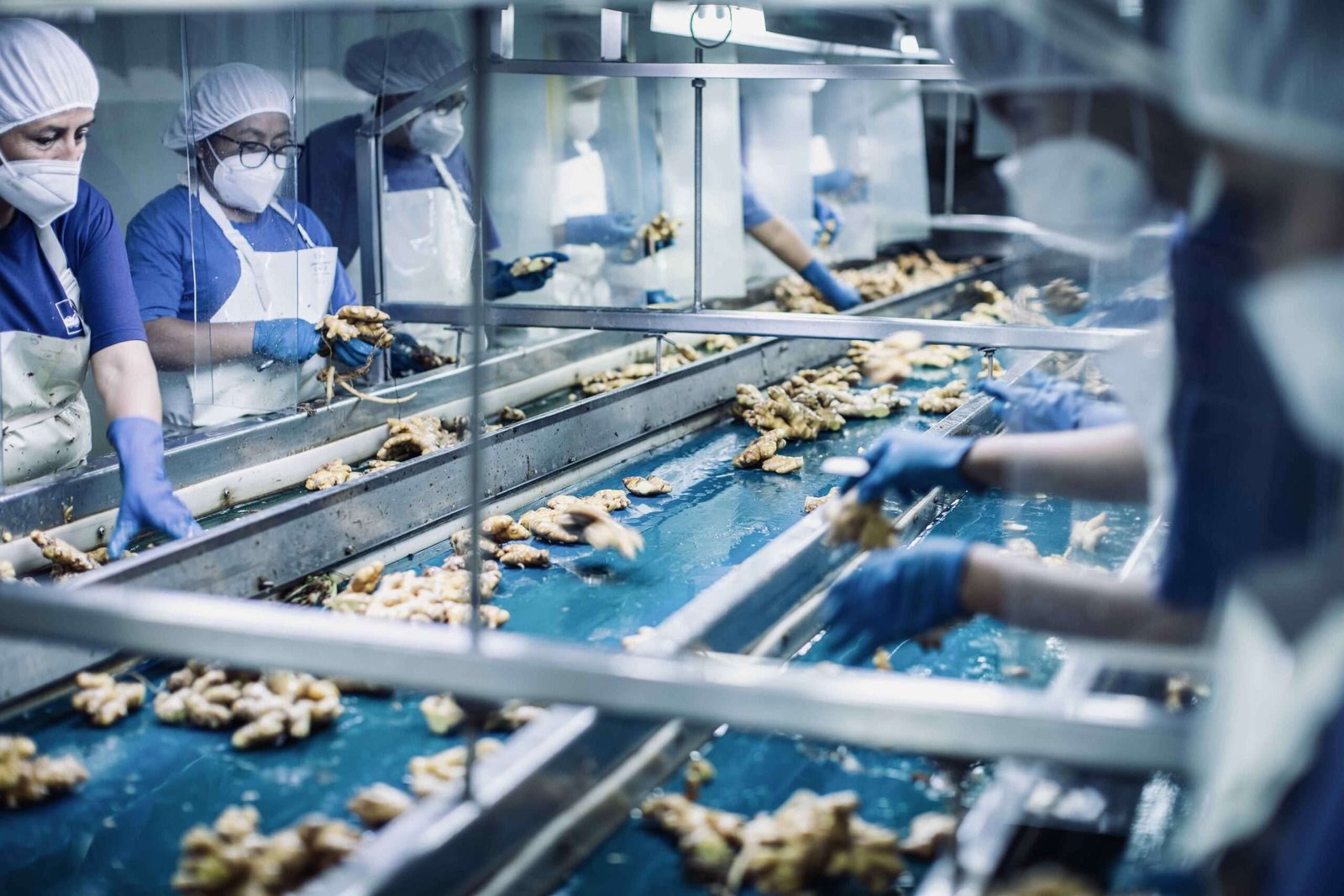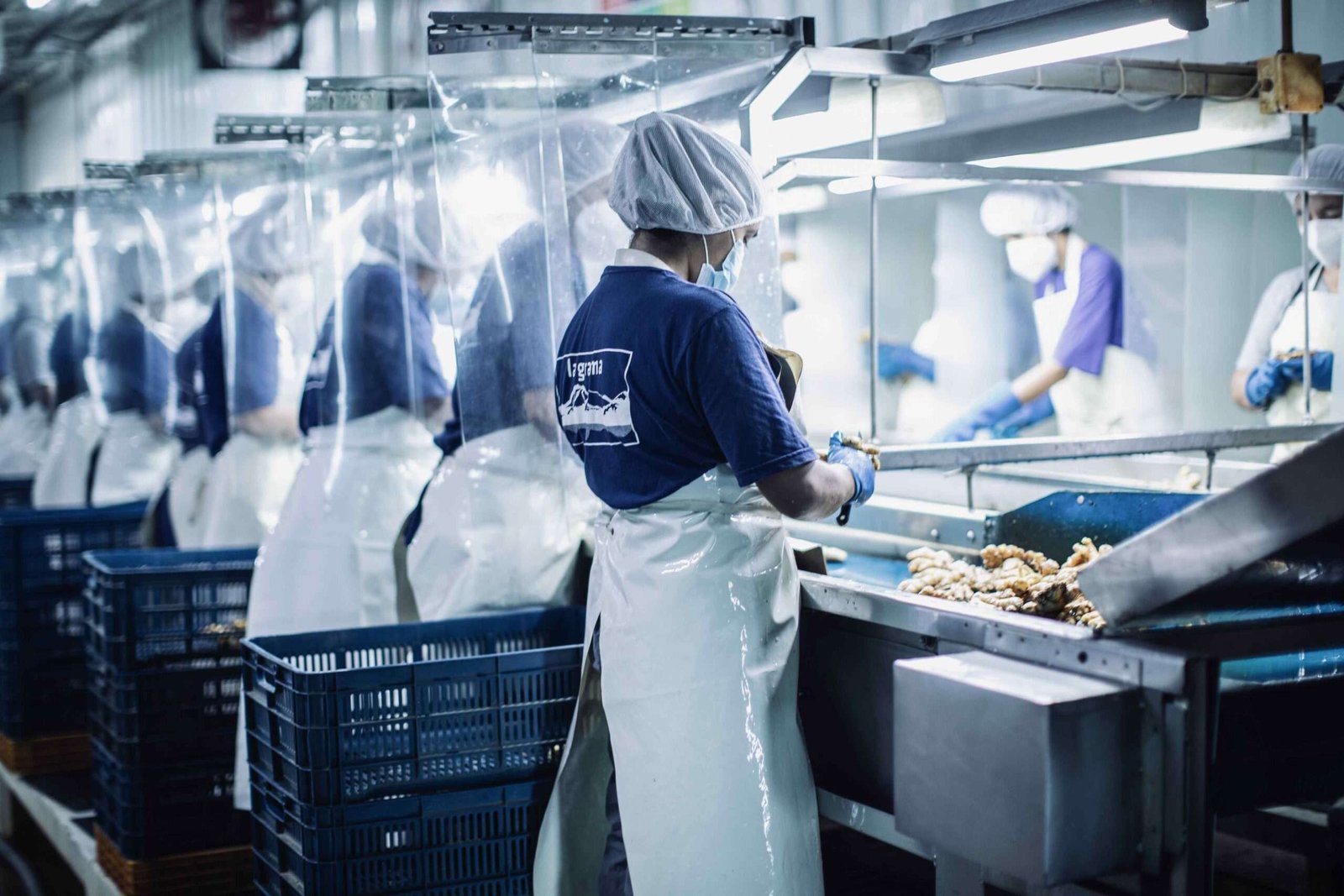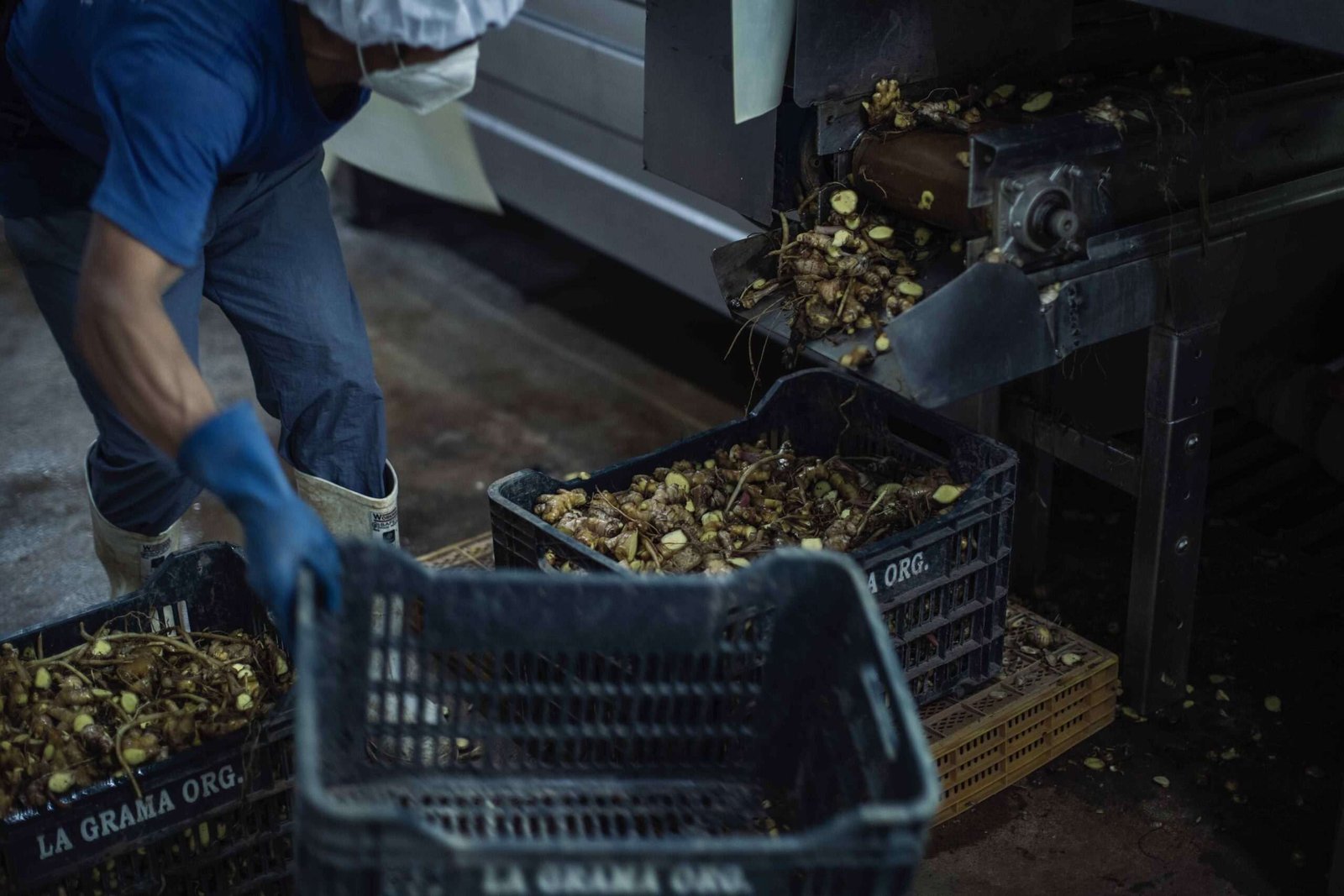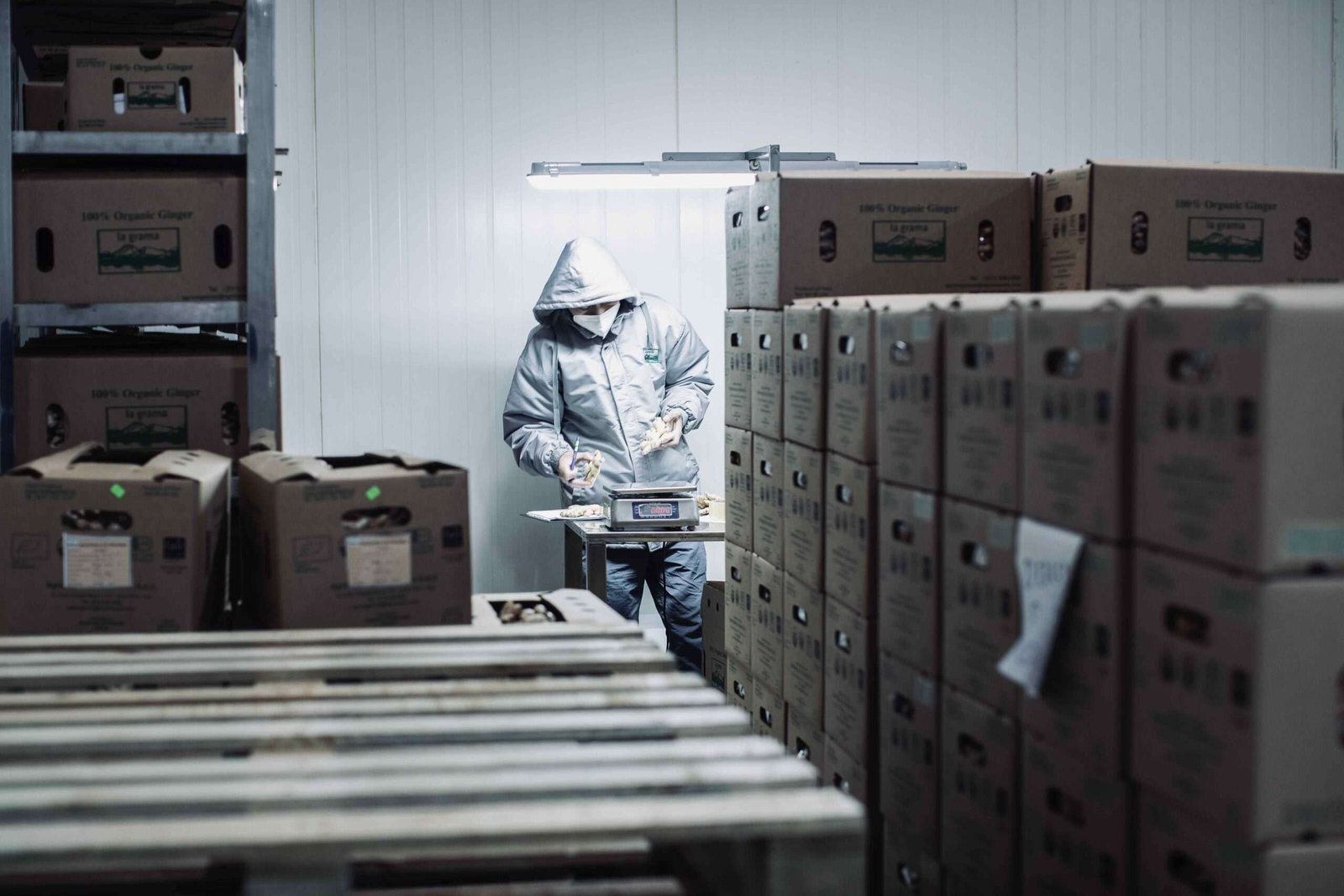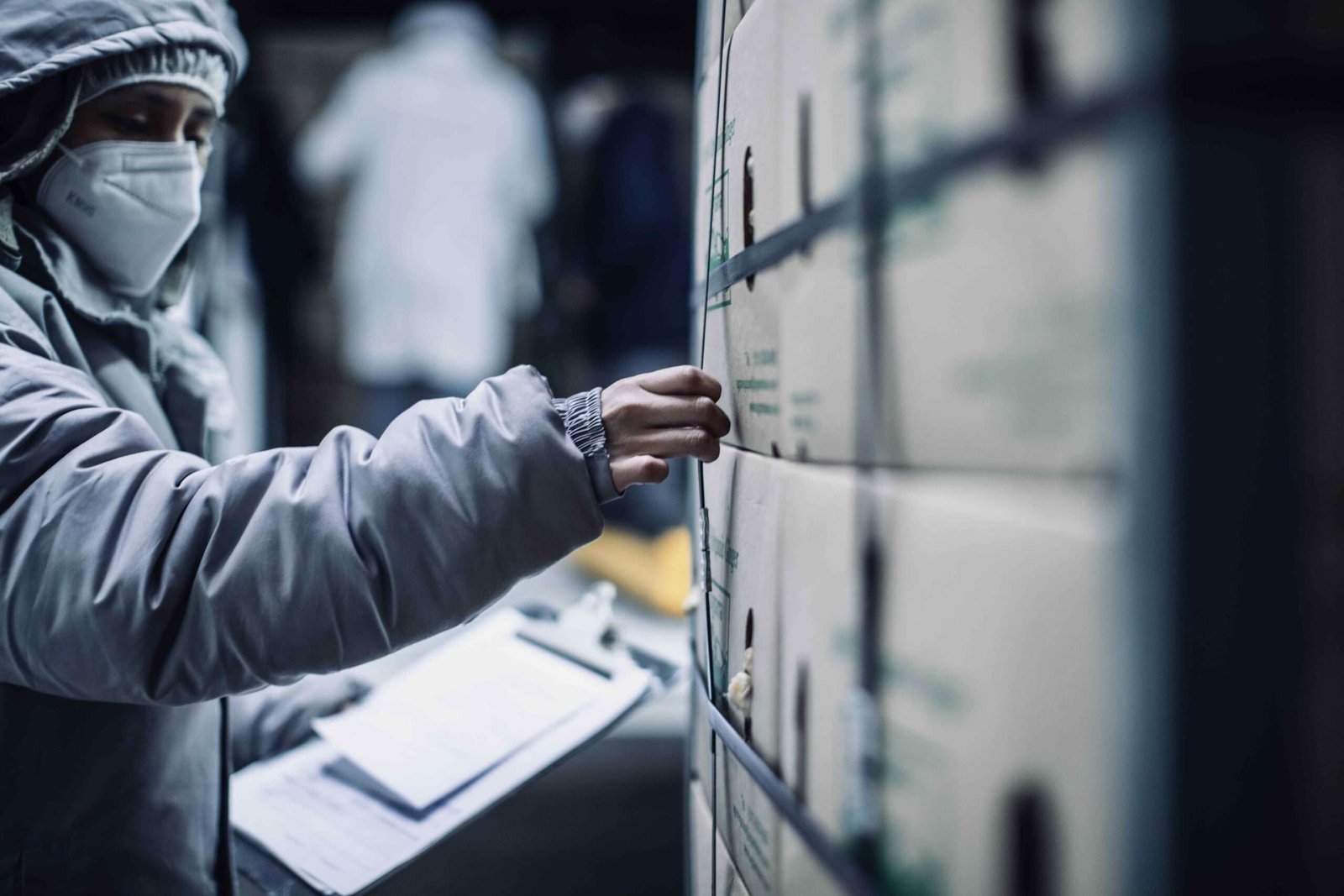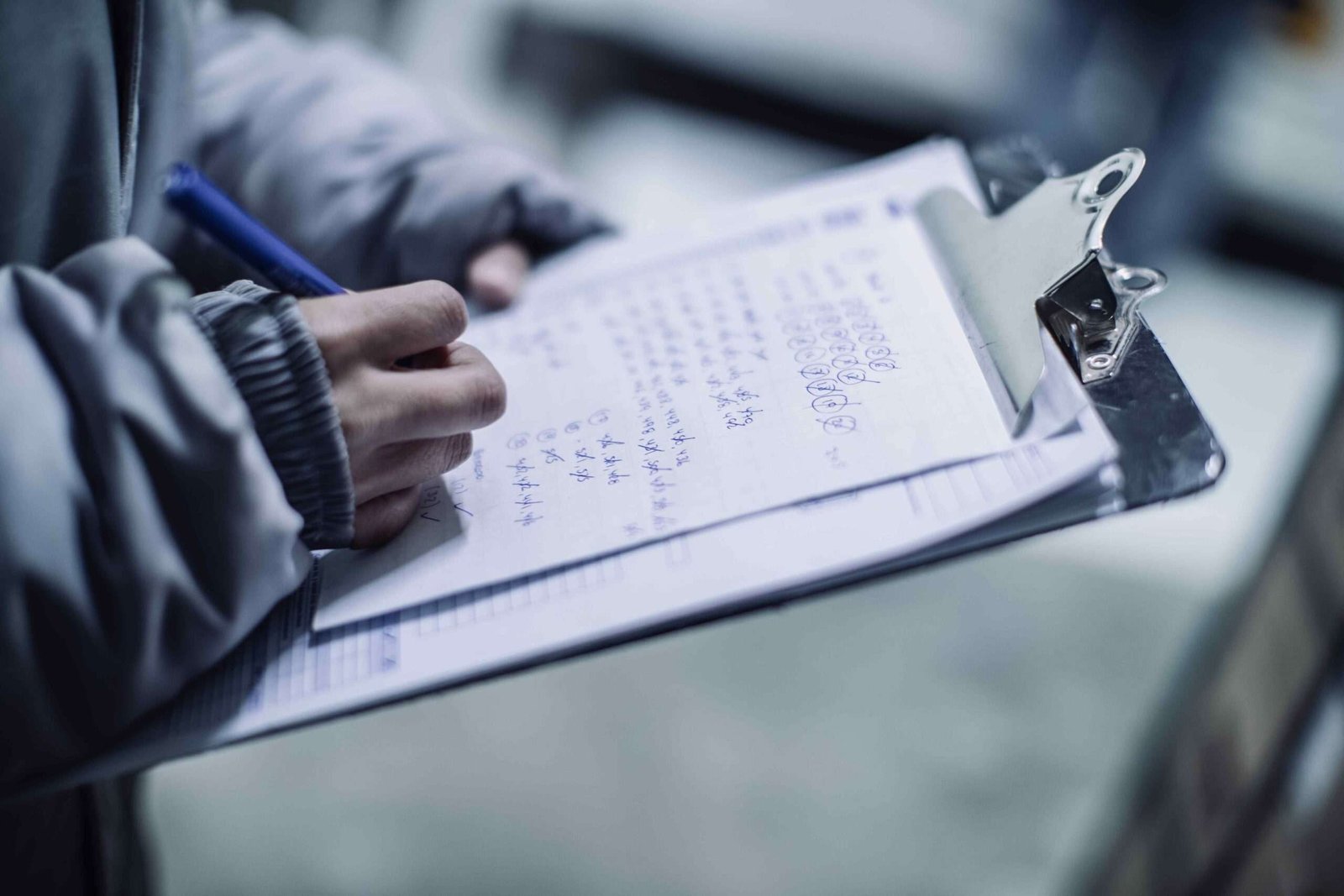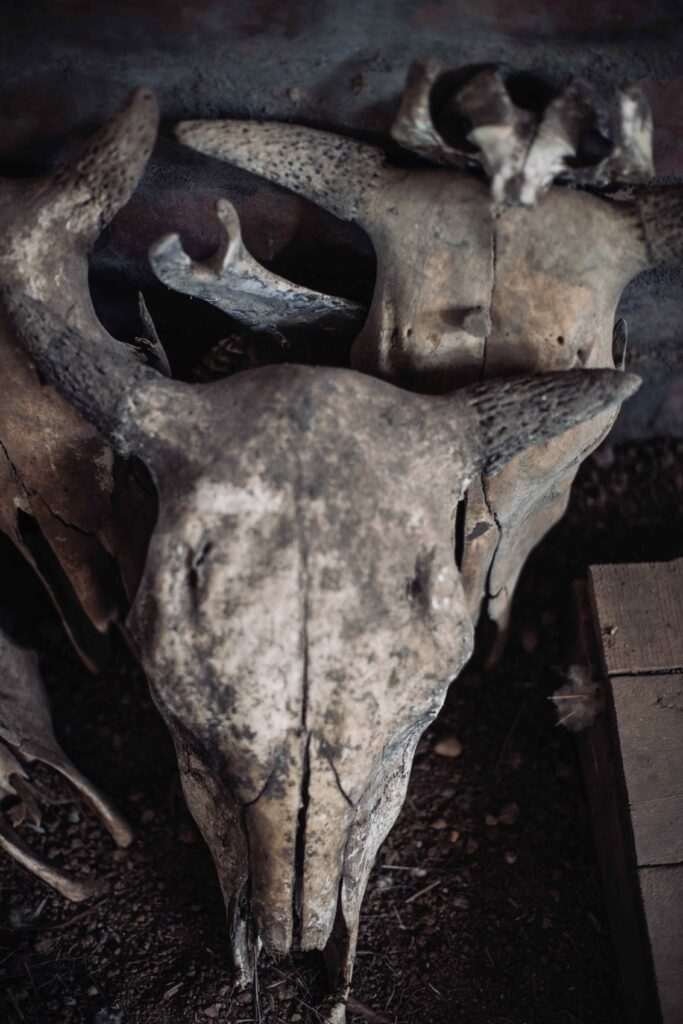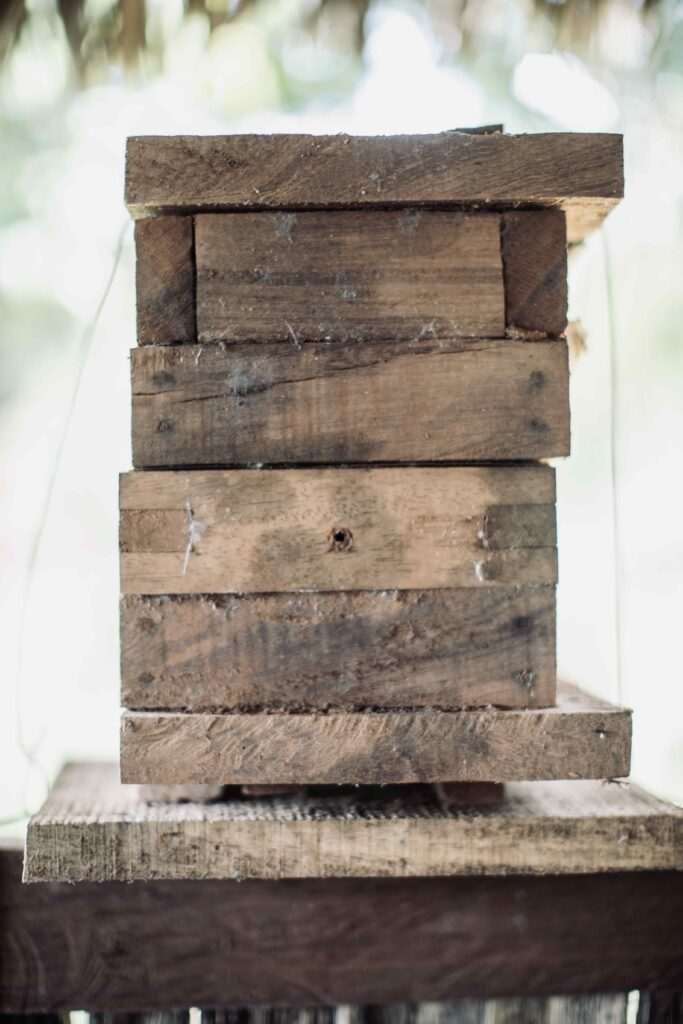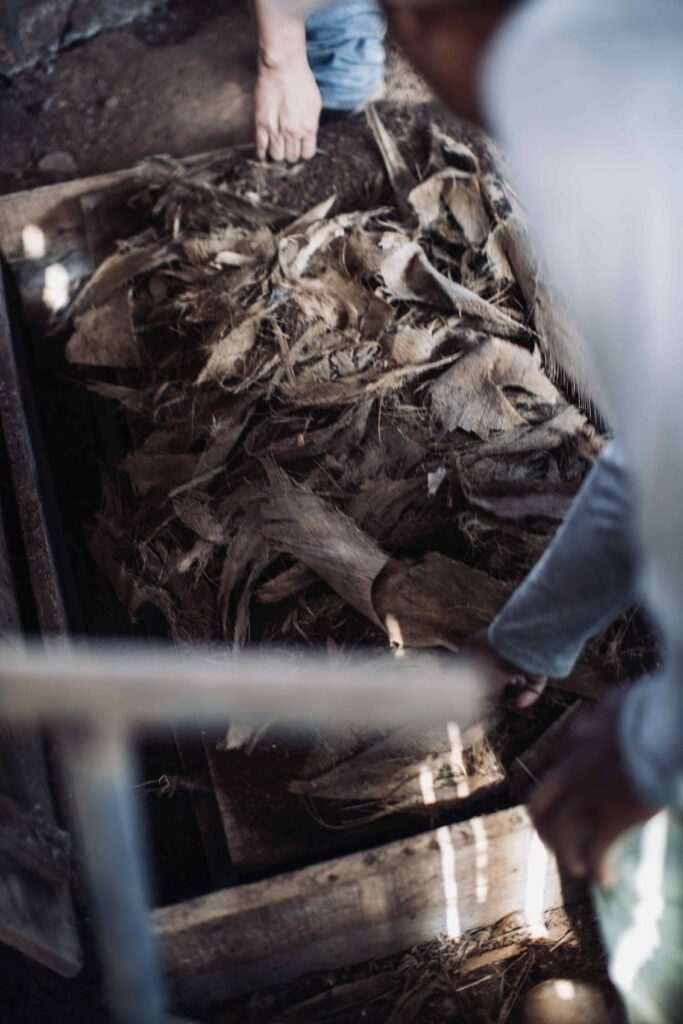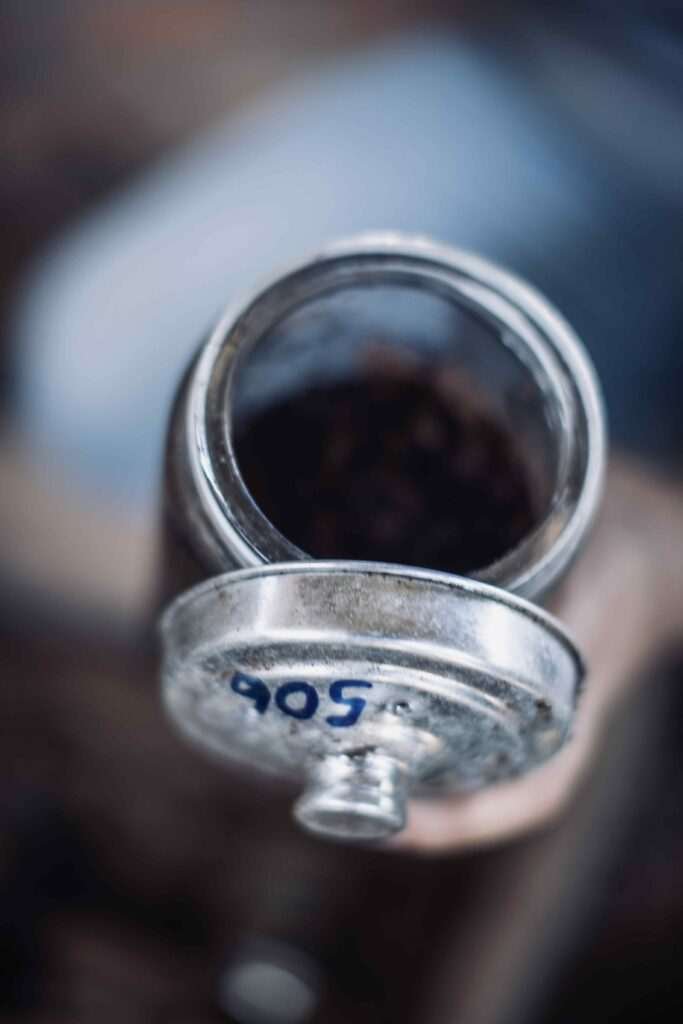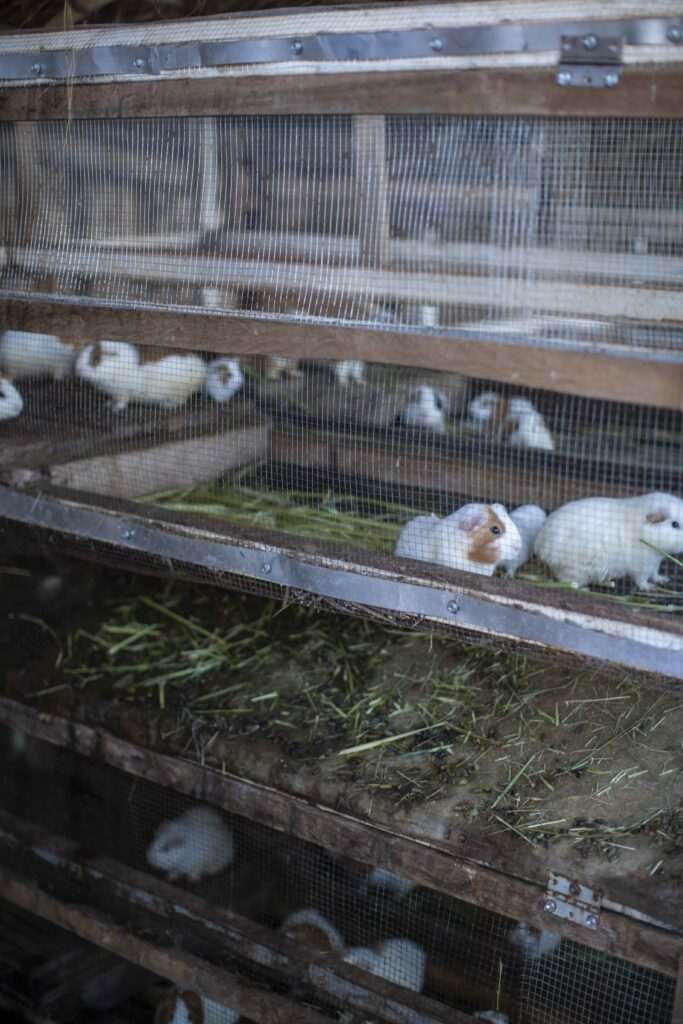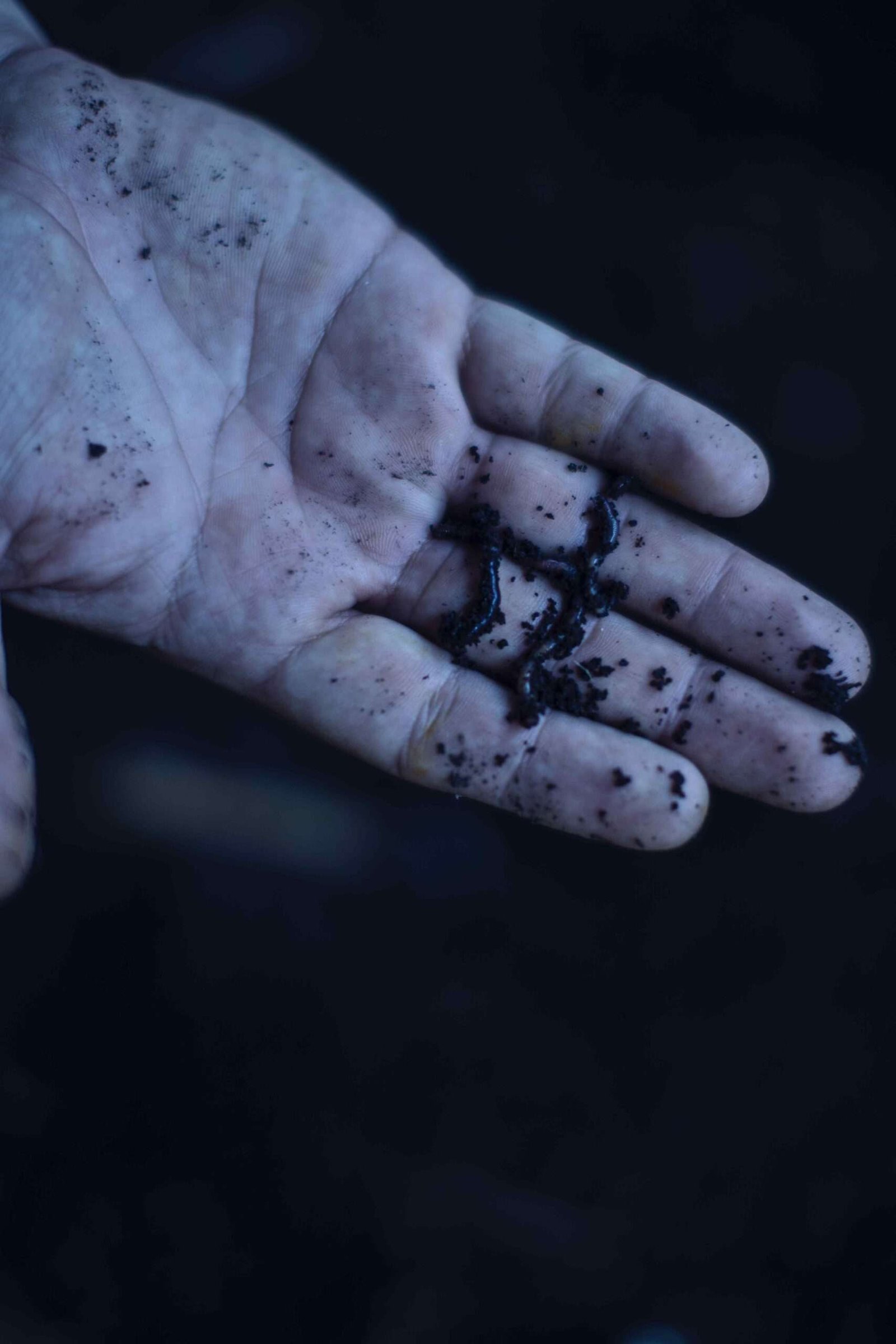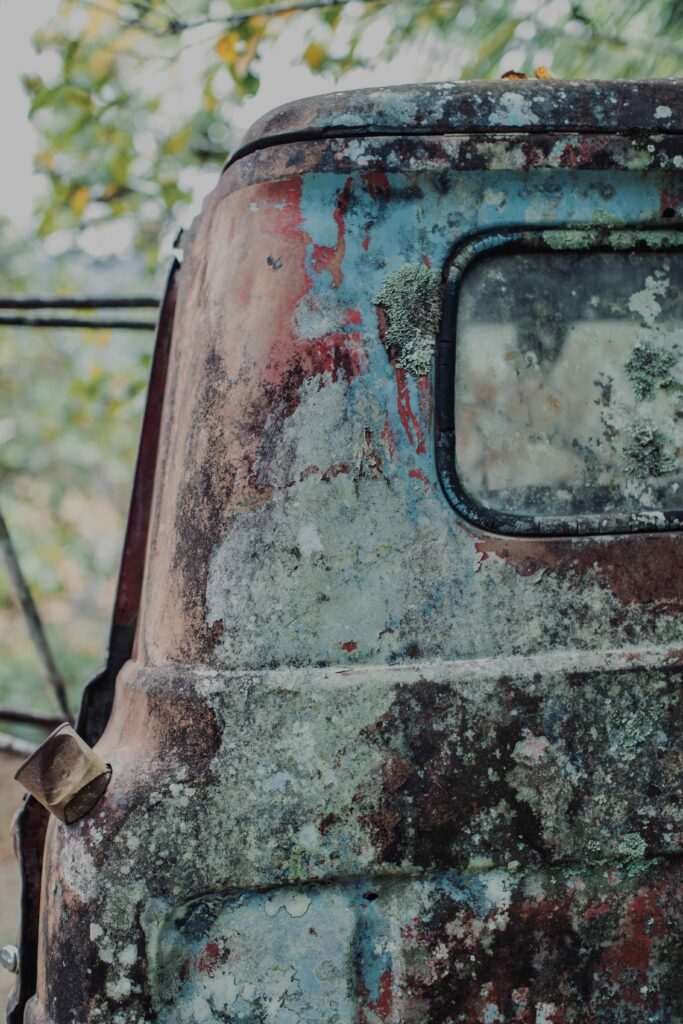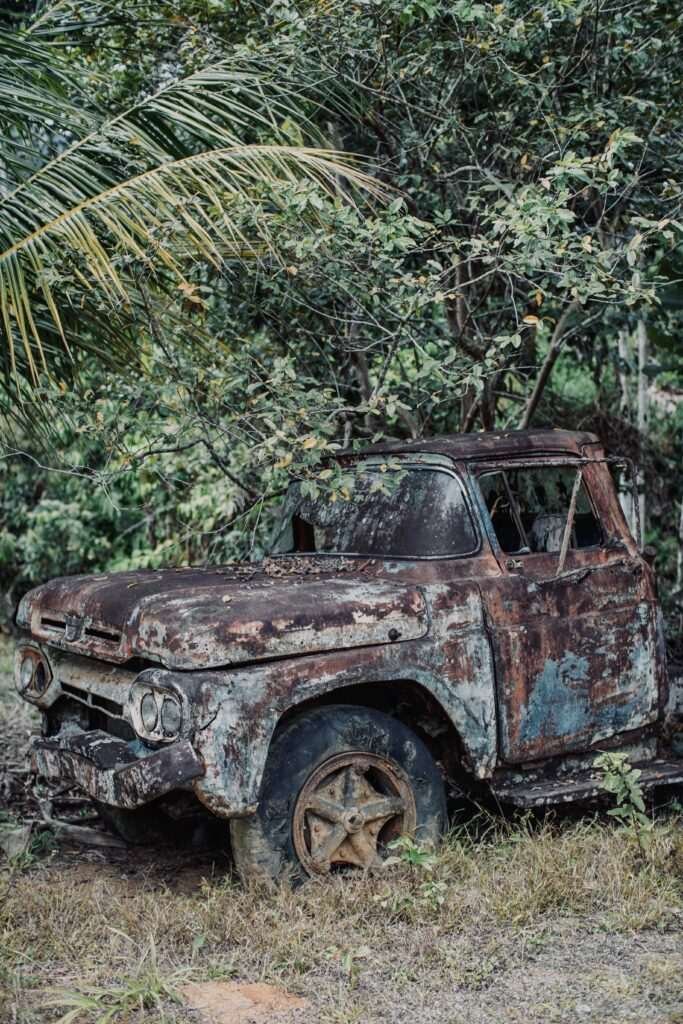photo
la grama
Pichanaki
I finished school and began part-time college, signing up for a photography course at Corriente Alterna, an art school just opening. The lab nurtured a career that never fully blossomed. Armed with a Pentax Asahi with a 28mm lens, I enrolled in classes taught by Luz María Bedoya, my school friend Rodrigo’s older sister.
She introduced us to cyanotypes and Kodalith, captivating me immediately with her experimental work. We developed negatives on cotton and stones, an experience for a sixteen-year-old. That year, I spent much of my time photographing my younger brother with hand-crafted stars as a background so I could have some stuff for the darkroom.
diageo & jonny walker
Years later, almost ending a photojournalist career, I returned to Lima on business and found an unexpected opportunity as an art director. Pocho Cáceres, a long-time food photographer, invited me to assist him on shoots. Leaving aside my second breakup with my camera and observing out of it allowed me to understand how things really work beyond the frame. I started knowing.
Rodrigo Bedoya knew I was looking for work and invited me to visit a project he led in Peru’s central jungle. He and two university friends had spent the last decade harvesting ginger and turmeric from hillside farms. Today, Pichanaki, a village near Satipo, feels like Peru’s own Springfield, connected to La Grama, an agricultural trading hub they built. The traders value their people and care for them, and the community takes care of the land in return.
diageo & jonny walker
Five years ago, La Grama family started a biodynamic farm as a side project. Guided by the lunar calendar, they cultivate in harmony between animals, plants, and soil. Compost forms the living foundation of a sustainable system. The result? Ginger that sells in Berlin supermarkets at over ten times the local price.
On the main plaza, locals wait for crispy chicharrón with mote and fresh onions mixed with yerba buena. This complex and raw area near Chanchamayo fights illegal mining and deforestation, carving a new identity through agriculture and community resilience.
I’ve picked up a camera twice, both times thanks to the Bedoya family. I’m happy to be doing it for 30 years.

